Incredible 3D scan of Titanic reveals its final hours
Extraordinary 3D images show the Titanic’s final moments after the famous ship struck an iceberg and sank in the Atlantic Ocean more than a century ago.
Extraordinary 3D images show the Titanic’s final moments after the famous ship struck an iceberg and sank in the Atlantic Ocean more than a century ago.
This month marks 113 years since the Titanic’s demise. It was the largest ocean liner in service at the time and was just four days into her maiden voyage from Southampton, England, to New York City, when she struck an iceberg at 11.40pm on April 14.
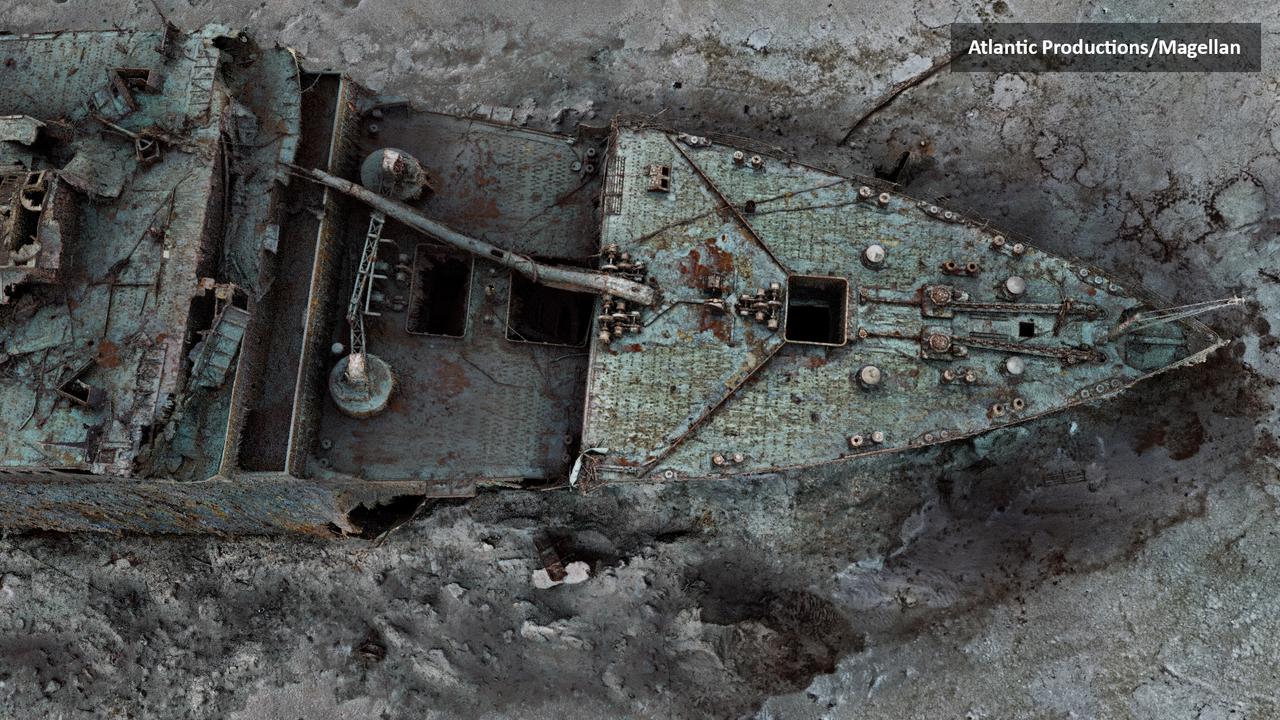
Ultra-detailed scans released by deep-sea mapping company Magellan Ltd show how the doomed liner ripped in two and sank after unexpectedly hitting an iceberg in 1912, killing 1500 people. There was an estimated 2224 people on board in total.
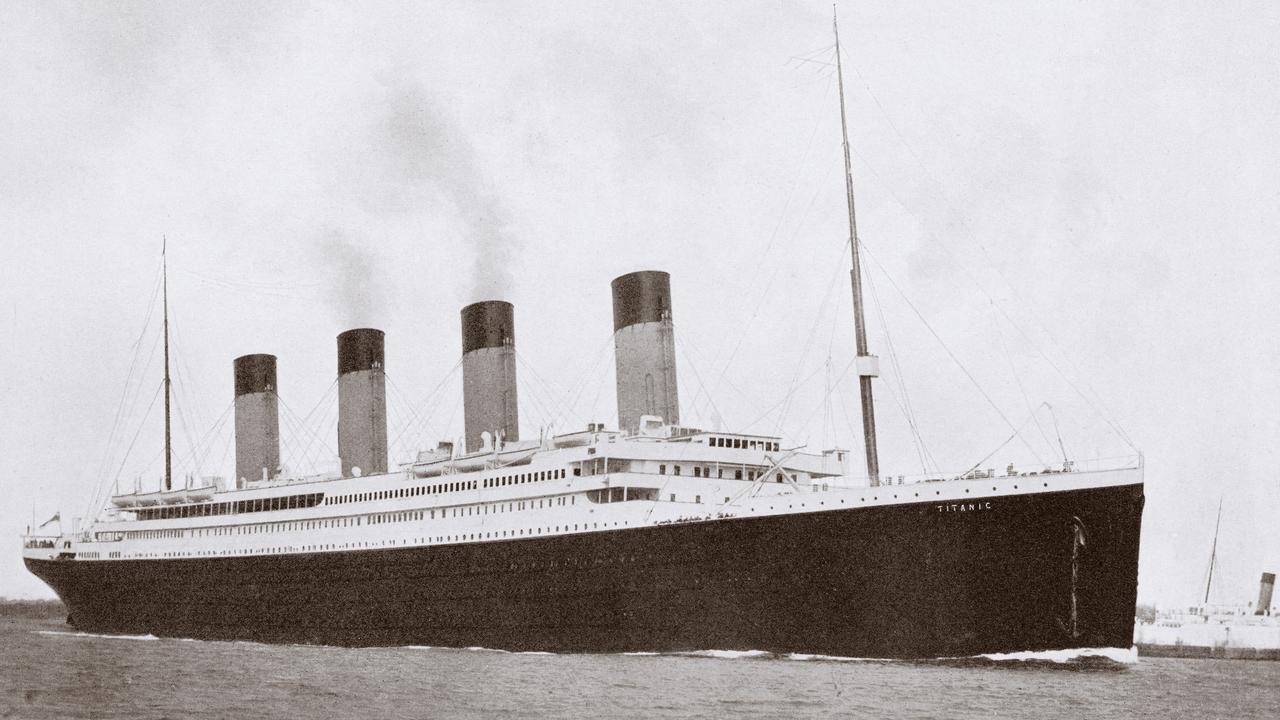
Experts from the deep-sea mapping company snapped images of the luxury liner wreck from new angles almost 4000 metres below the ocean’s surface to create the 3D replica.
A full-sized digital scan was superimposed onto the London Stadium, where the 2012 Olympics were held, showing off its true scale, that, according to Titanic expert Parks Stephenson, is “key to understanding what happened”.
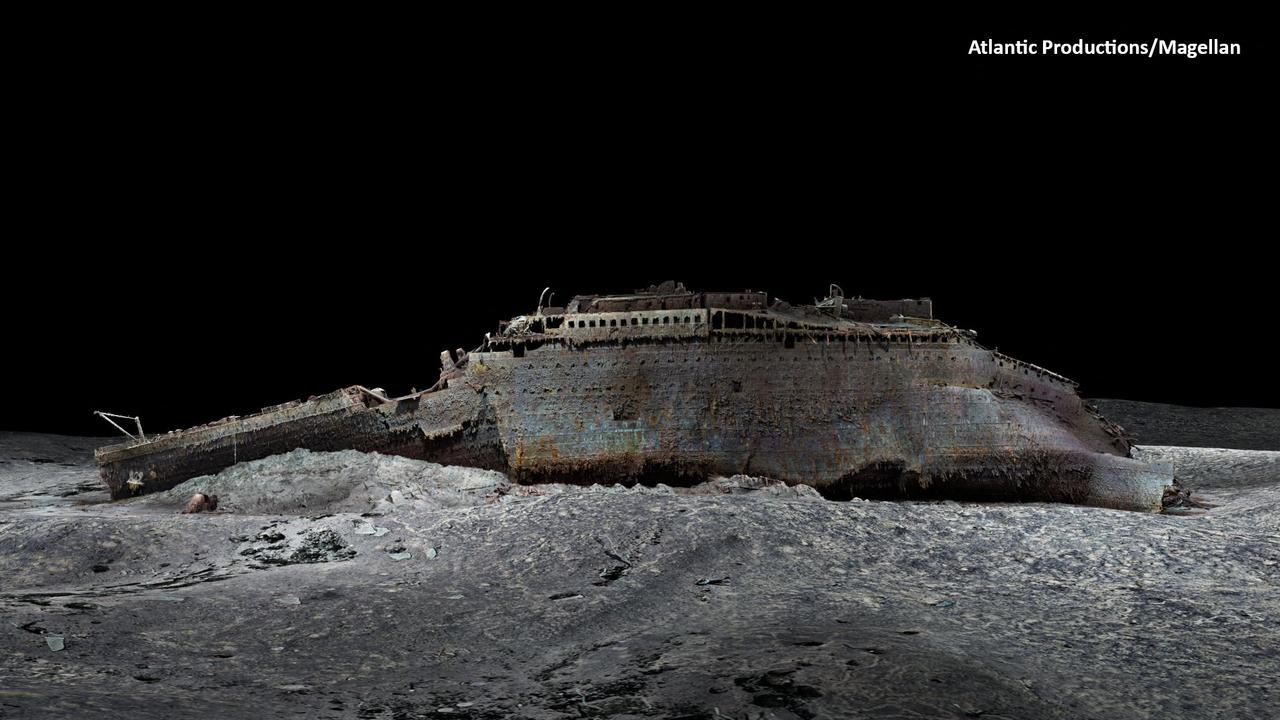
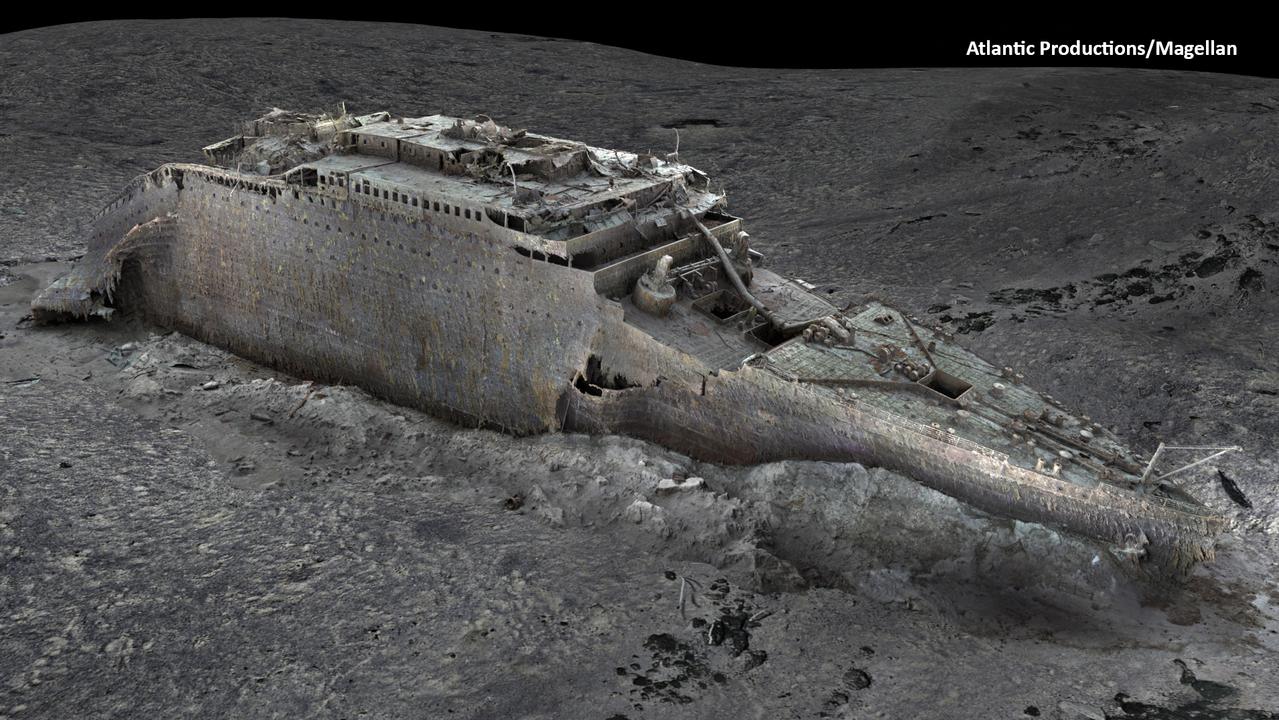
While the company took 715,000 photos of the ship back in 2023 including millions of laser measurements to form the scan, the full scale of this project is only being revealed to the public in National Geographic’s behind-the-scenes documentary – Titanic: The Digital Resurrection. It will be broadcast the National Geographic Channel on Monday, April 14.
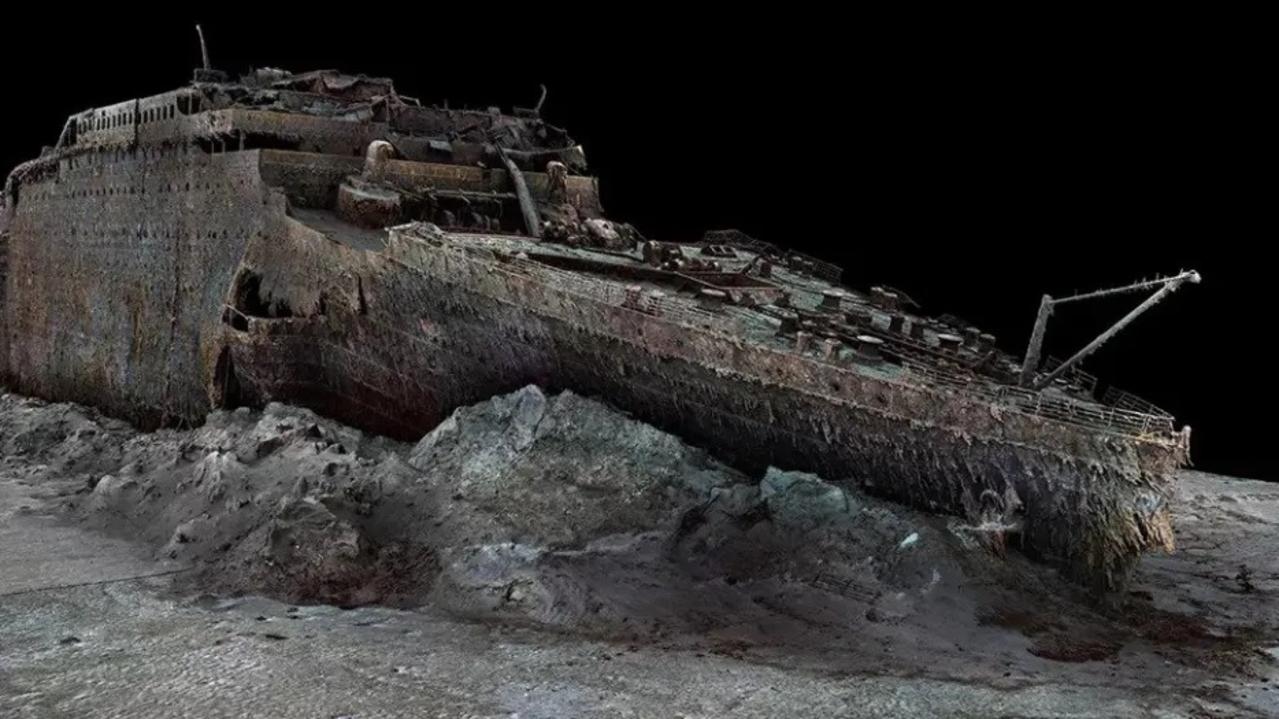
Mr Stephenson, a retired naval officer, told the BBC he could see far more detail on the model than he ever did in person after having visited the wreck twice back in 2005.
“Titanic is the last surviving eyewitness to the disaster, and she still has stories to tell,” he said.
The scans back eyewitness reports that engineers worked right to the end in the boiler room, to keep the ship’s lights on.
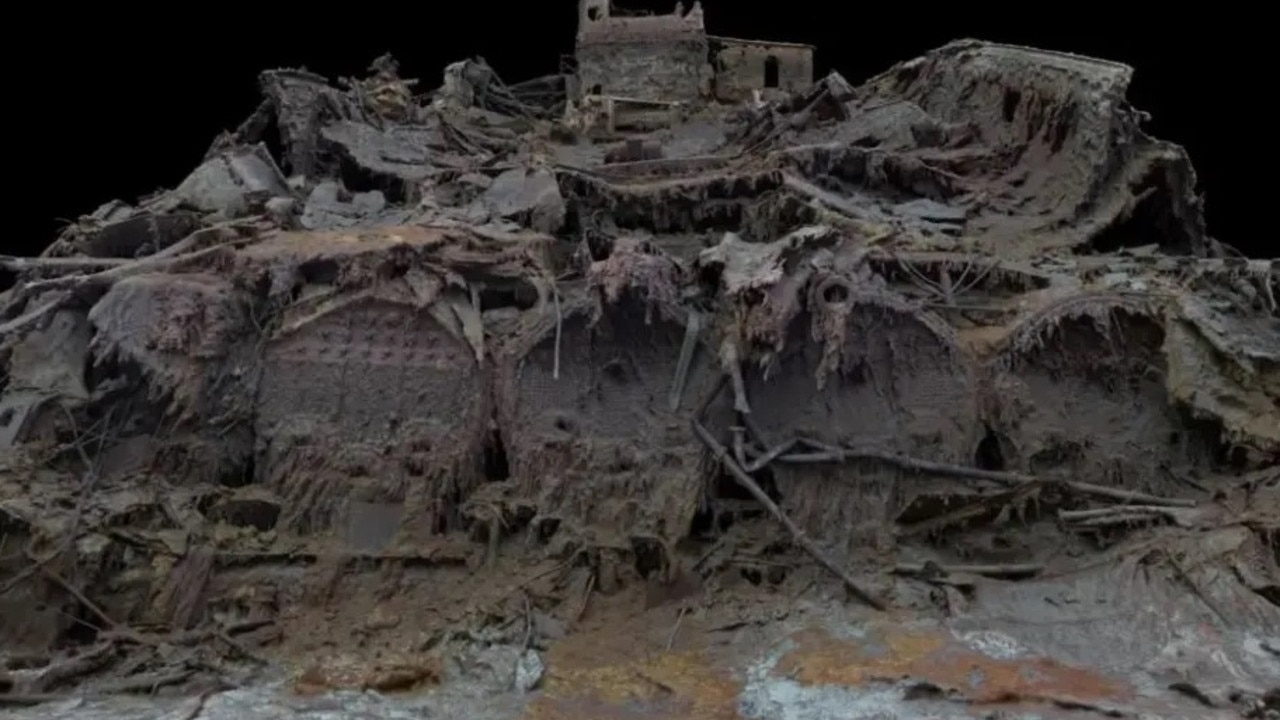
The Titanic’s chief engineer Joseph Bell reportedly knew both his fate and his duty.
He sent his stokers to try to save themselves, but took his 35 engineers below decks to boiler room two – the only one that could still give power to the ship.
“They kept the lights and the power working to the end, to give the crew time to launch the lifeboats safely with some light instead of in absolute darkness,” Mr Stephenson told the BBC.
“They held the chaos at bay as long as possible, and all of that was kind of symbolised by this open steam valve just sitting there on the stern.”
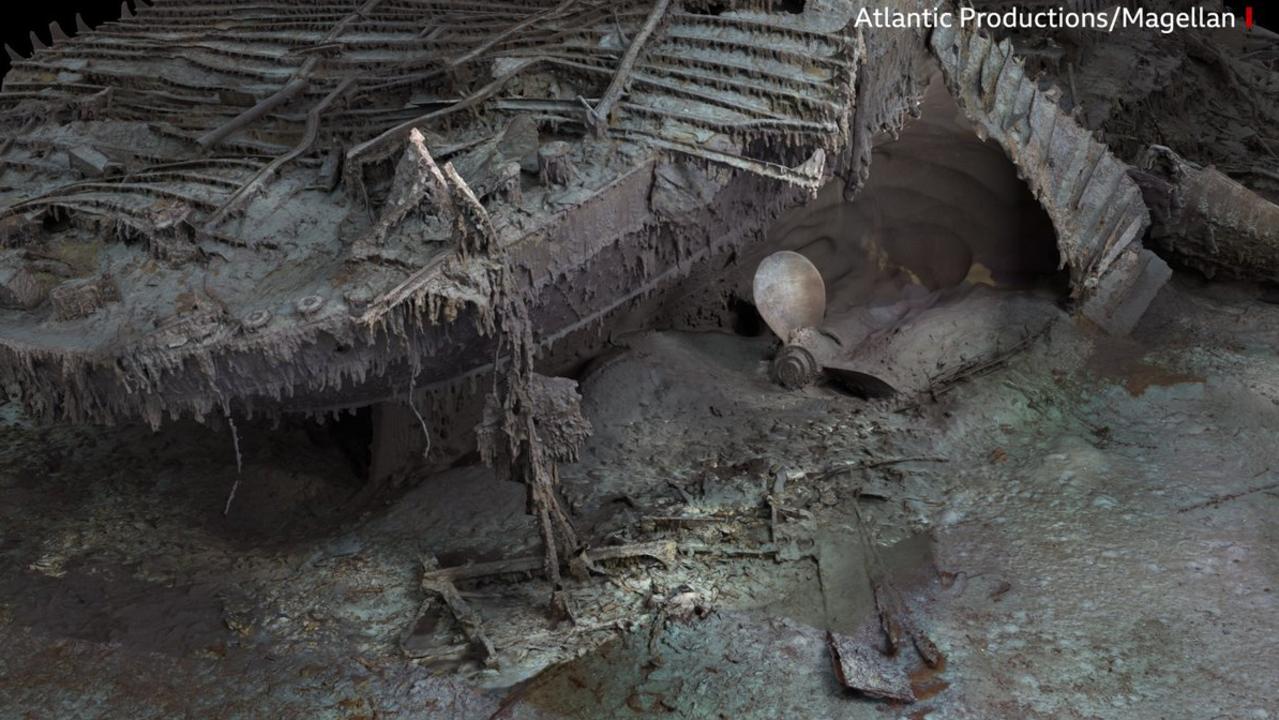
Such stories of heroism from the crew of the Titanic are celebrated and often disputed, “but we now have tangible proof of the bravery that did save lives on the doomed liner – and how incredibly close the ship came to not sinking at all,” The Times reported.
A computer simulation also suggested that mere A4-sized punctures in the liner’s hull led to its tragic sinking, The Sun reported.
University of Newcastle naval expert Simon Benson said the difference between the ship sinking and not sinking was down to a few tiny holes.
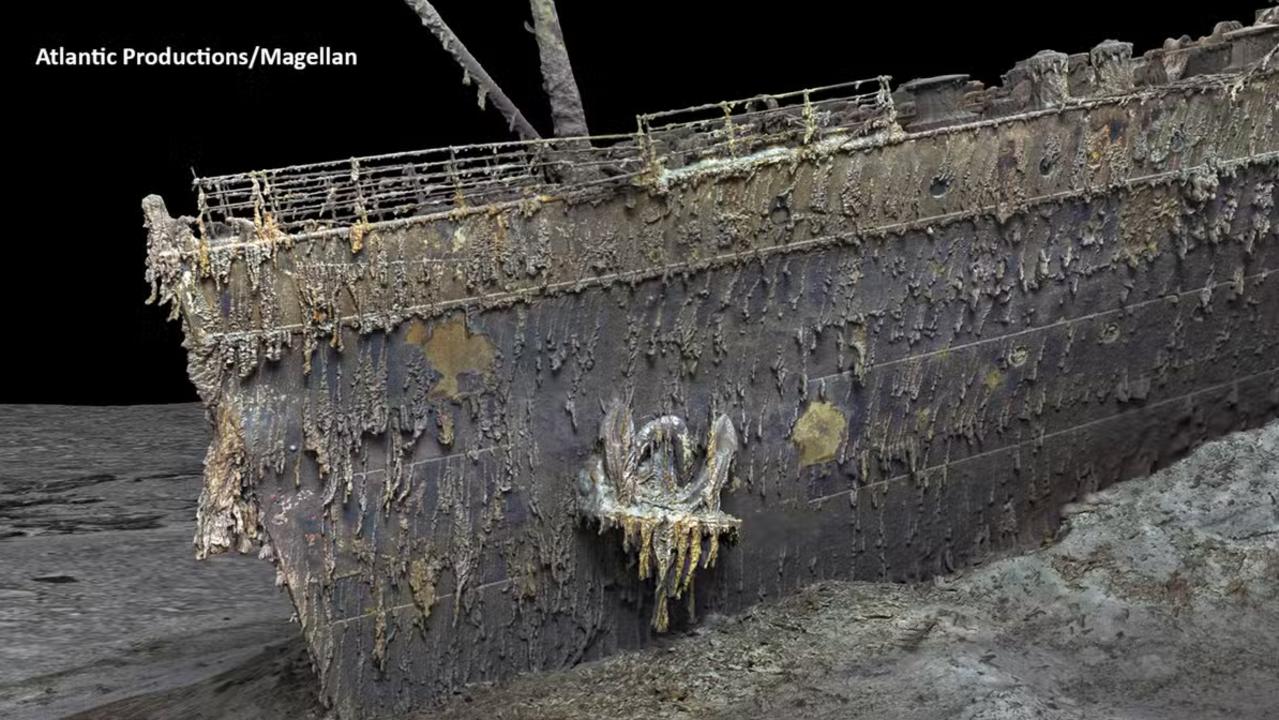
Titanic was supposed to be unsinkable, designed to stay afloat even if four of its watertight compartments flooded – but the simulation calculated the iceberg’s damage was spread across six compartments.
“The difference between Titanic sinking and not sinking are down to the fine margins of holes about the size of a piece of paper,” Mr Benson said.
“But the problem is that those small holes are across a long length of the ship, so the flood water comes in slowly but surely into all of those holes, and then eventually the compartments are flooded over the top and the Titanic sinks.”
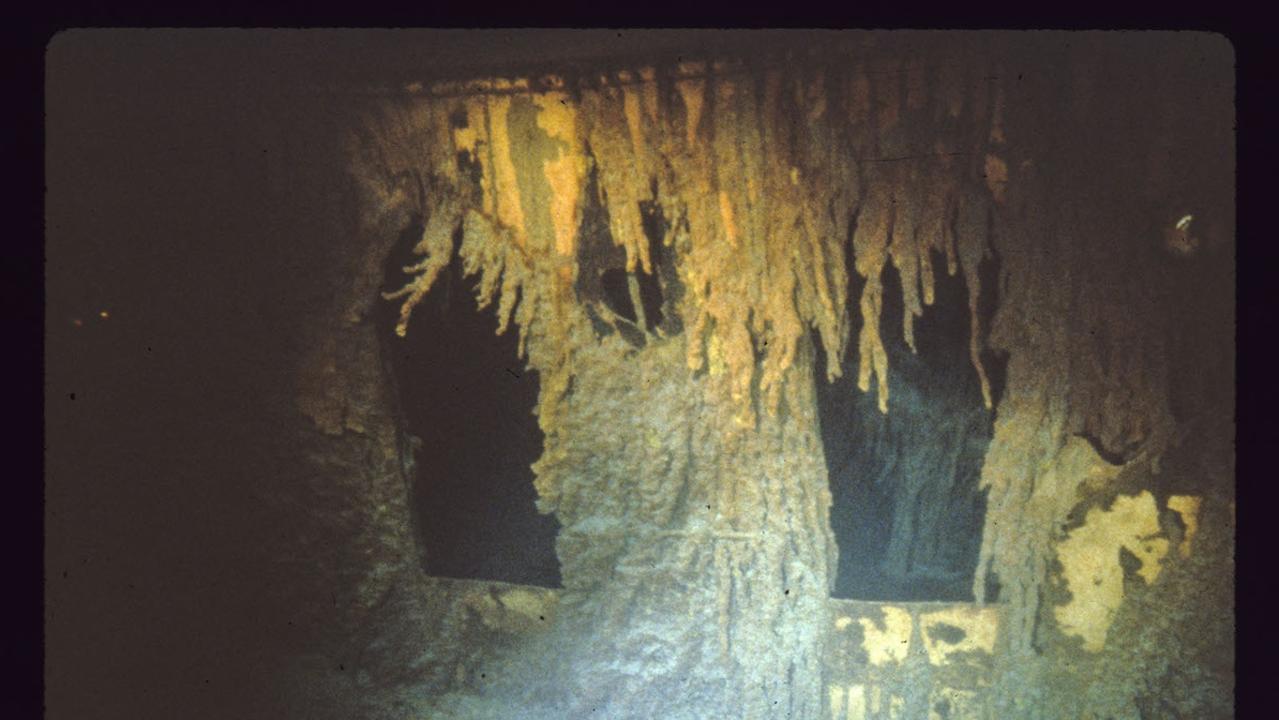
Meanwhile, in September, RMS Titanic Inc, the company that holds the salvage rights for the ship, released striking footage and images from a recent mission showing the effects of slow decay, with a large section of railing now on the sea floor.
In James Cameron’s 1997 film, it is where Jack had his memorable “King of the World” moment and taught Rose to “fly” with the duo standing tall with their arms wide open.
“After 13 days focused on the debris field, the expedition team was excited to get their first glance at the bow on July 29,” RMS Titanic Inc said in a statement, revealing it used underwater robots.
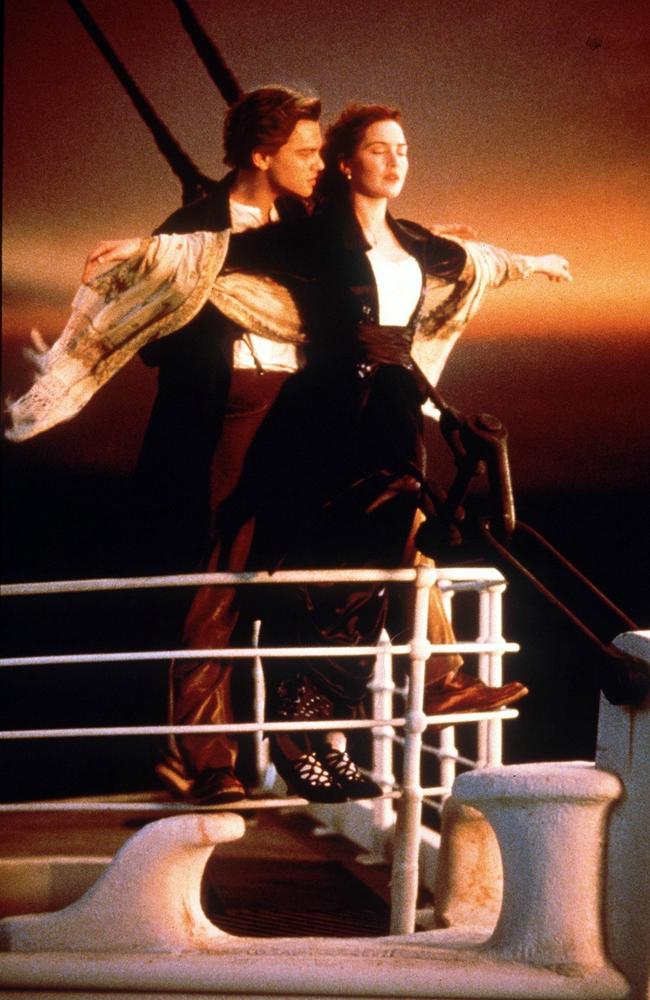
“However, the moment of excitement and anticipation was immediately shaken by a significant change to the familiar silhouette. The once miraculously intact railing surrounding the bow’s forecastle deck was missing a 15-foot-long section on the port side.”
Multibeam imagery from two days prior confirmed the section of railing had fallen as one piece and was lying on the sea floor directly below.
“We are saddened by this loss and the inevitable decay of the ship and the debris,” the site continued.
It shared images from 1987 to 2010 showing the ships “tremendous” change over the decades. RMS Titanic Inc director of collections Tomasina Ray said of the dramatic change: “The bow of Titanic is just iconic. You have all these moments in pop culture – and that’s what you think of when you think of the shipwreck. And it doesn’t look like that anymore.
“At some point the metal gave way and it fell away.”
The 2024 expedition involved hundreds of hours documenting the debris field, with the company’s first mission 75 years after the Titanic sank.






